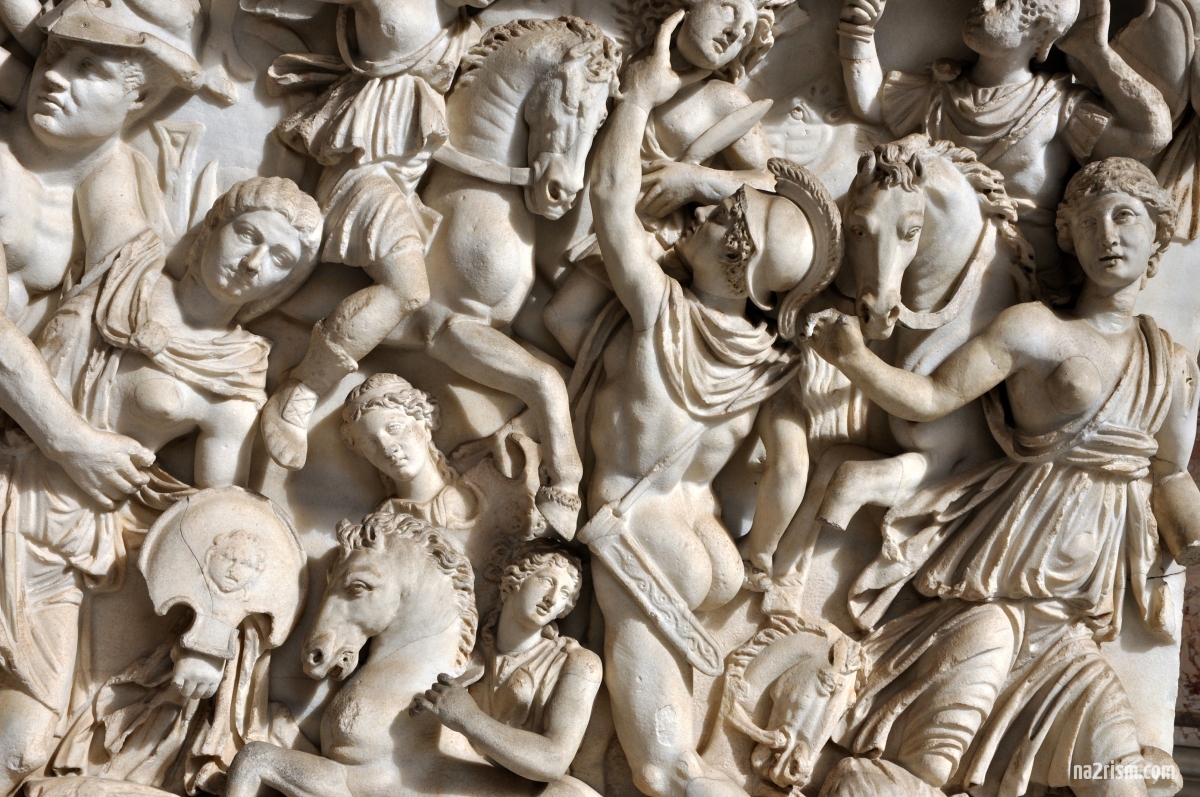Nudity was a common practice in the Roman Empire and was viewed as a symbol of strength, freedom, and beauty. Roman art and literature often depicted nude figures, including gods, heroes, and athletes. The Romans believed that nudity was natural and that the human body should be celebrated rather than hidden.
In public life, nudity was a common sight in Roman baths and gymnasiums, where both men and women would exercise and socialize in the nude. This was not viewed as a sexual act but rather as a part of a healthy lifestyle. The Roman baths were an important part of Roman society, and people of all social classes would visit them regularly to bathe, exercise, and relax.
The Romans also held public games and competitions, such as the gladiatorial games and chariot races, which often included naked or nearly-naked performers. These events were not only entertainment but also a way for the Romans to showcase their strength and physical prowess.
In private life, nudity was also common, particularly among the wealthy. Private villas would often have private baths and gardens where individuals could relax and socialize in the nude. Art and literature from the period also suggest that sexual relationships among both men and women could occur in the nude.
Despite the prevalence of nudity in Roman culture, there were some restrictions. Public nudity was not allowed in the Roman Forum, the heart of Roman political life. Additionally, modesty was still expected in some situations, particularly for women. Female nudes were not as common in Roman art as male nudes, and women were expected to cover their breasts in public.
Overall, nudity was a significant aspect of Roman culture and was viewed as a natural and beautiful expression of the human form. While there were some restrictions and expectations surrounding nudity, the Romans generally embraced it as a part of their everyday lives.

